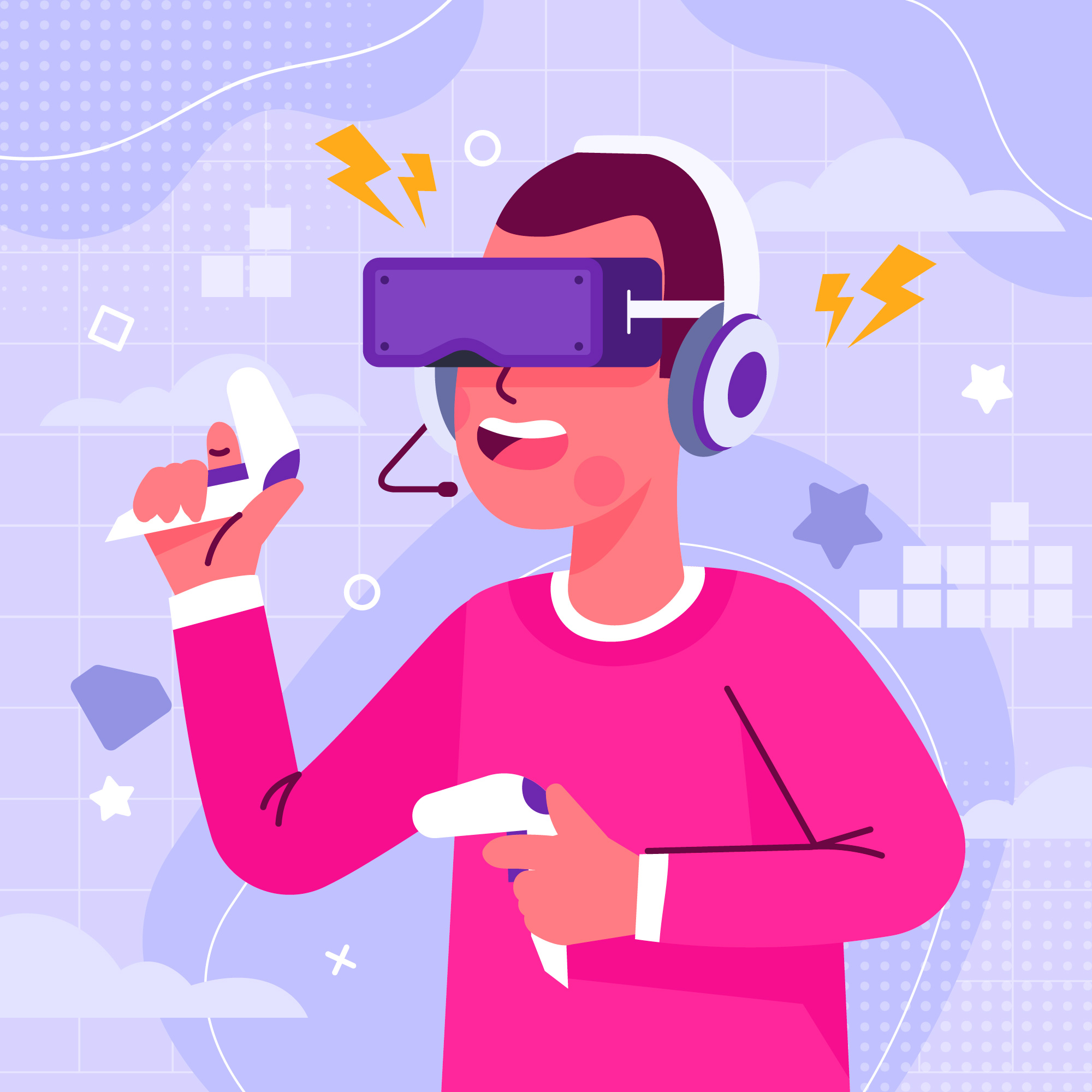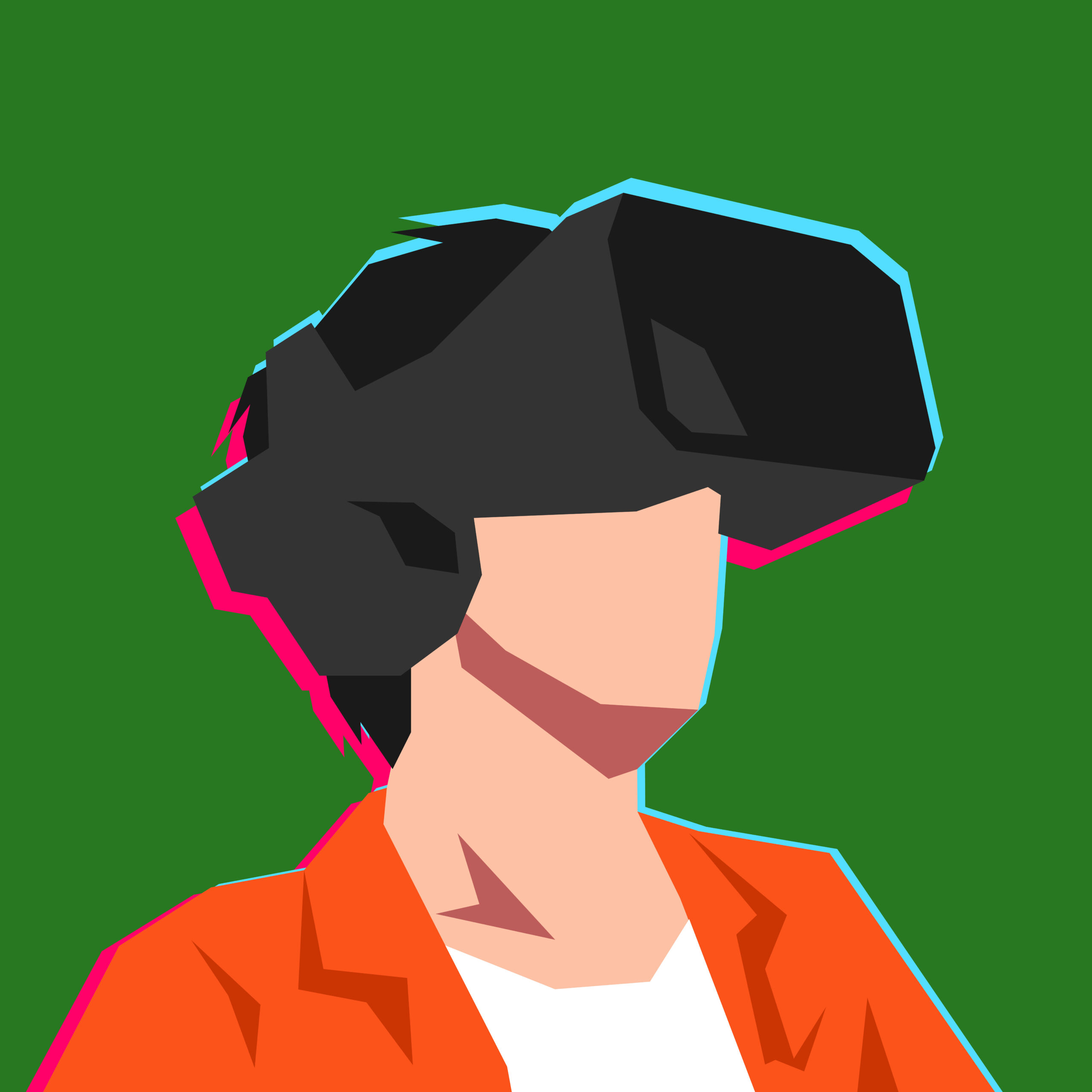What Is VR Models?
August 27, 2024
What are VR models?
VR models are 3D representations specifically created for virtual reality (VR) environments. These models can represent objects, characters, environments, or even entire worlds, allowing users to interact with or explore them within a virtual reality setting.
In contrast to 2D models, which are flat, virtual reality models are fully three-dimensional, offering users the ability to view and interact with them from every angle, making the experience more engaging.
Designed to capture and hold attention, virtual reality models, when used with VR headsets and controllers, can deeply engage users, creating the sensation of being physically present within the virtual space.
A key feature of many VR models is interactivity. Users can pick up, move, manipulate, or alter these models within the VR environment, enhancing the sense of realism and engagement.
Virtual reality models find applications across various fields, including gaming, architecture, education, medical training, virtual tours, and more.


VR models for streamers
Virtual Reality Model Boosts Engagement
Streamers can use virtual reality models to create more fascinating and engaging experiences for their viewers. For example, they can place 3D avatars or objects within their streams, making the content more engaging and visually attractive.
Dynamic stream characters
Streamers can use virtual reality models to create custom avatars that represent them in their streams. These avatars can move and react in real-time based on their streamer’s actions, adding a unique and personal touch to the stream.
Interactive Stream Overlays
Virtual reality models can be integrated into streaming overlays, allowing viewers to interact with the stream in new ways. For example, a viewer might activate a 3D model animation as part of a donation or subscription alert.
Custom Virtual Sets
Streamers can create entirely different virtual environments or sets using virtual reality models, providing a dynamic scene for their content. This allows for more creative and customizable streaming setups compared to standard green screens.
VR models for gamers
Engaging Game Worlds
For gamers, Virtual reality models are crucial in creating the engaging worlds they explore. These 3D models make up the characters, environments, and objects within the game, allowing players to feel as though they are truly inside the game world.
Realistic Game Interactions
Virtual reality models enable realistic interaction within a game. Gamers can pick up, throw, or manipulate objects in ways that real-life mimics, enhancing their sense of presence and involvement.
Customizable Game Elements
Gamers can often customize virtual reality models to create a more personalized experience. This might involve modifying a character’s appearance, customizing weapons, or designing unique gameplay items.
Interactive Player Avatars
In multiplayer VR games, VR models represent the player’s avatar, which other players see and interact with in real-time. This helps encourage a sense of presence and unity among players, making the gaming experience more social and interactive.
VR models are 3D representations designed for virtual reality environments, enabling users to interact with and explore virtual objects, characters, and worlds. Unlike 2D models, VR models provide a fully immersive experience, allowing for realistic interaction and manipulation.
For streamers, VR models enhance viewer engagement with custom avatars, interactive overlays, and dynamic virtual sets. Gamers benefit from immersive game worlds, realistic interactions, customizable elements, and interactive avatars, all contributing to a more engaging and social gaming experience.




